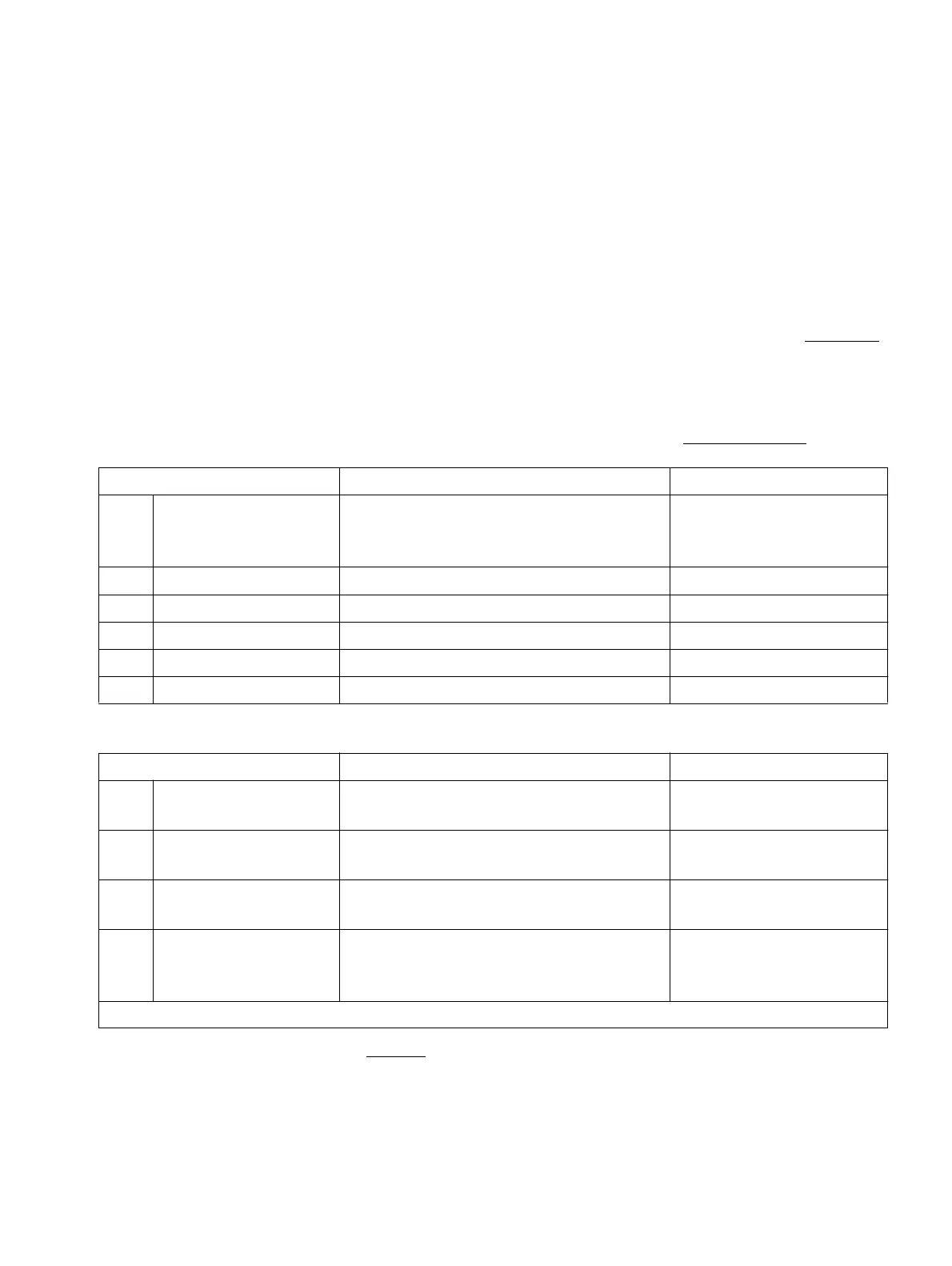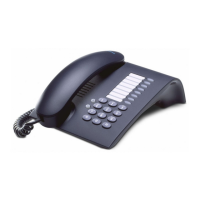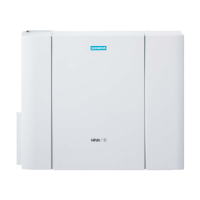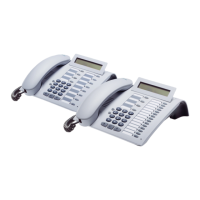Networkin
A31003-K16-X001-3-7620, 07/99
Hicom 100 E Version 2.1, Service manual
10-7
Programming guide
10.3 Networking
10.3.1 CorNet-N networking
In general, Hicom 100E is configured as the slave (satellite system) when it is networked with
a Hicom 150E/300 system (as of SW 3.3) via the CorNet-N ISDN protocol. This requires at
least one STLS 2 or STLS 4 module.
For mixed operation (ISDN trunk and CorNet network) and also for connection with separate
extension number plans,
the Hicom 300 tie line number is to be entered as the Hicom 100E
system extension number
for the route in which a CorNet-N line is located.
Example (up to SW 2.0.2 only)
: the connection number of a CorNet line in a Hicom 300
system is "33" and is assigned to route 2 in the Hicom 100E system, Section 10.3.5
Example
: system extension number (
as of SW 2.1
)
In the case of connections with shared extension number plans (no mixed operation)
, no
system extension numbers are to be entered for these routes . For each Hicom 100E extension,
however, the
tie line number and the relevant extension number
must be entered as the
direct dialling in number.
Input sequence Meaning Display
A1 9 2
System extension number route 1
(select route 1–4 with "+" and "–" or
directly with "#")
Route 1: –
B+
Scroll to route 2 Route 2: –
C
* Change input Route 2:
D3 3
Trunk number of main PBX Route 2: 33
E<OK>
Confirm input Route 2: 33
F<F8>
Return to Start menu System administration
Input sequence Meaning Display
A
19 21 Terminal number
(call number of the S
0
connection
B19 22
National number
(prefix without leading "0")
C 19 23
International number
(national code, e.g. 49 for GER)
D19 24
Outgoing call number
(this defines how the Hicom 100E call
number is transferred to Telecom*)
* DDI number not displayed at called party’s extension if activated indefinitely.

